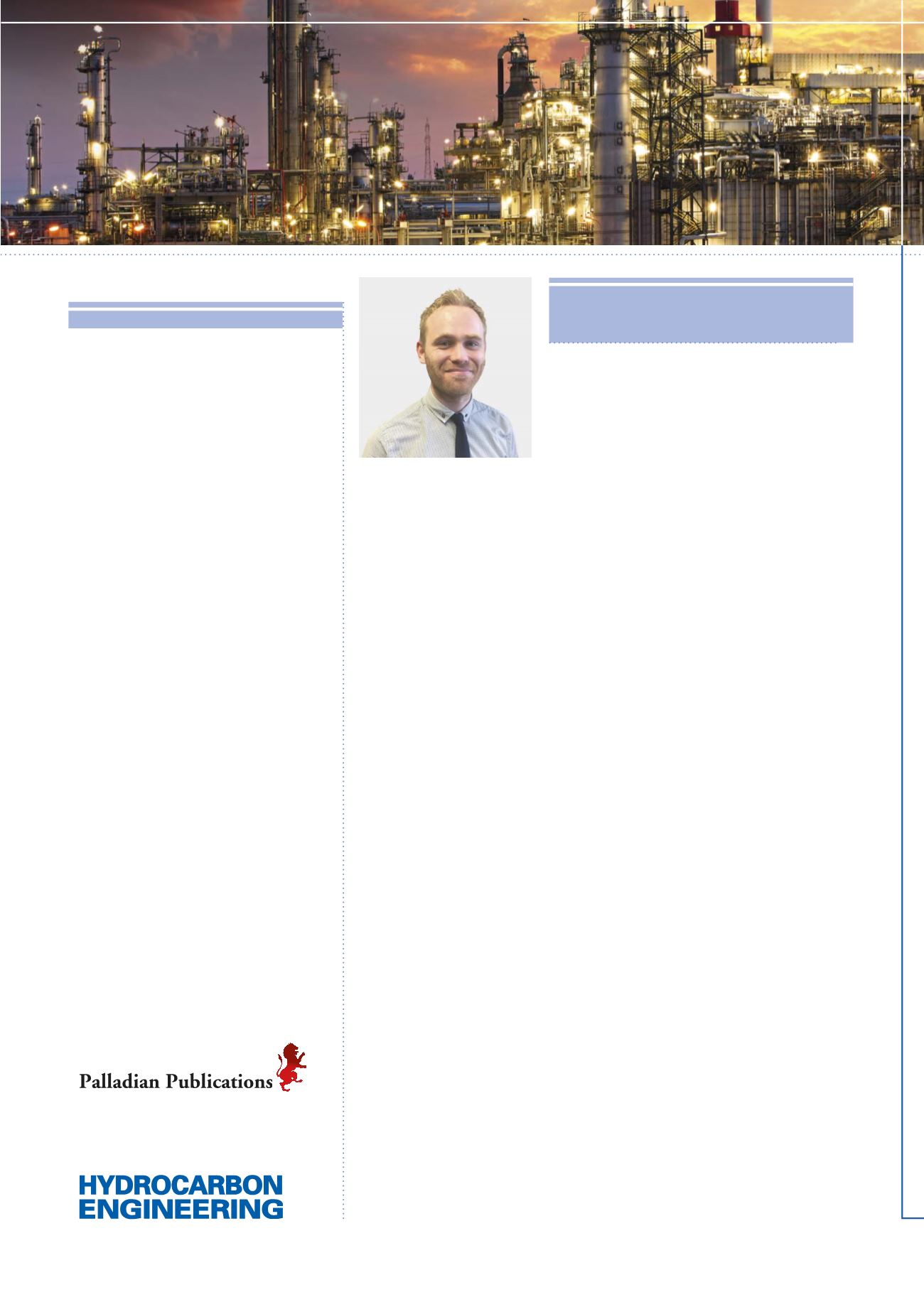
CONTACT INFO
MANAGING EDITOR
James Little
james.little@palladianpublications.comSENIOR EDITOR
Callum O'Reilly
callum.oreilly@palladianpublications.comEDITORIAL ASSISTANT
Tom Mostyn
tom.mostyn@palladianpublications.comSALES DIRECTOR
Rod Hardy
rod.hardy@palladianpublications.comSALES MANAGER
Chris Atkin
chris.atkin@palladianpublications.comSALES EXECUTIVE
Sophie Barrett
sophie.barrett@palladianpublications.comPRODUCTION
Kyla Waller
kyla.waller@palladianpublications.comWEB MANAGER
Tom Fullerton
tom.fullerton@palladianpublications.comDIGITAL EDITORIAL ASSISTANT
Sarah Smith
sarah.smith@palladianpublications.comDIGITAL ADMINISTRATOR
Imogen Poole
imogen.poole@palladianpublications.comADMIN MANAGER
Laura White
laura.white@palladianpublications.comCONTRIBUTING EDITORS
Nancy Yamaguchi Gordon Cope
SUBSCRIPTION RATES
Annual subscription £110 UK including postage
/£125 overseas (postage airmail).
Two year discounted rate £176 UK
including postage/£200 overseas (postage airmail).
SUBSCRIPTION CLAIMS
Claims for non receipt of issues must be made within 3 months of
publication of the issue or they will not be honoured without charge.
APPLICABLE ONLY TO USA & CANADA
Hydrocarbon Engineering (ISSN No: 1468-9340, USPS No: 020-998) is
published monthly by Palladian Publications Ltd GBR and distributed
in the USA by Asendia USA, 17B S Middlesex Ave, Monroe NJ 08831.
Periodicals postage paid New Brunswick, NJ and additional mailing
offices. POSTMASTER: send address changes to HYDROCARBON
ENGINEERING, 701C Ashland Ave, Folcroft PA 19032.
15 South Street, Farnham, Surrey
GU9 7QU, UK
Tel: +44 (0) 1252 718 999Fax:
+44 (0) 1252 718 992COMMENT
CALLUM O'REILLY
SENIOR EDITOR
O
n 19 June, the UK government
downgraded its COVID-19 alert level
from four to three in what has been
seen as a significant moment for the
country in its battle against the coronavirus.
For those of you unfamiliar with the UK’s
alert levels, there are five in total, with level five representing a risk that the
country’s healthcare services may be overwhelmed (triggering lockdown) and
level one meaning that COVID-19 is no longer present in the UK. At level three,
the virus is deemed to be in general circulation (rather than transmission being
high or rising exponentially, as in level four), meaning that we can expect a
gradual relaxation of restrictions. This relaxation will see social distancing
reduced from 2 m to 1 m throughout England, while there will also be a
reopening of the hospitality and tourism sector, including pubs, restaurants,
hairdressers and hotels, from 4 July.
Despite this seemingly positive news for the UK, the pandemic is clearly
far from over, with Latin America now at the epicentre of the coronavirus. A
worrying increase in infections across southern and western parts of the US, and
the return of lockdown measures in parts of Beijing, serve as just two reminders
that this battle will be a long one.
However, any signs of recovery are certainly to be welcomed. The American
Petroleum Institute (API) recently noted that the reopening of state economies
drove a notable rebound in US energy markets in the month of May, with US
petroleum demand increasing 14% to 16.2 million bpd. Data from the API’s
May 2020 ‘Monthly Statistical Report’ and its ‘Q2 2020 Industry Outlook’
showed that gasoline accounted for more than 80% of the demand increase,
with monthly deliveries rising nearly 29% to 7.3 million bpd after reaching a
multi-decade low in April. Demand for distillate fuel and liquid feedstocks
was also up, although jet fuel posted its fifth consecutive monthly decline and
reached its lowest level since 1967. API Chief Economist Dean Foreman said:
“Market forces are in the midst of driving an unprecedented realignment of oil
markets despite significant uncertainty around the rate of recovery and longevity
of the pandemic. The uptick in demand associated with the gradual reopening
of state economies leads us to be cautiously optimistic that the worst may be
behind us.”
Meanwhile, the International Energy Agency’s (IEA) June 2020 ‘Oil Market
Report’ suggests that oil demand this year will fall by 8.1 million bpd before
recovering by 5.7 million bpd in 2021, although jet and kerosene deliveries are
expected to impact total oil demand until at least 2022. The IEA has also raised
the forecast for 2020 oil demand by nearly 500 000 bpd to 91.7 million bpd
in its latest report, as a result of stronger than expected deliveries during the
COVID-19 lockdown. After a 5.4 million bpd decline this year, refining activity is
set to gain 5.3 million bpd in 2021, nearly recovering to 2019 levels, according to
the report.
The IEA notes that initiatives such as the OPEC+ agreement and the meeting
of G20 energy ministers has contributed to restoring market stability, and that
if recent trends in production are maintained and demand recovers, the market
will be on a more stable footing by the end of the second half of 2020.








